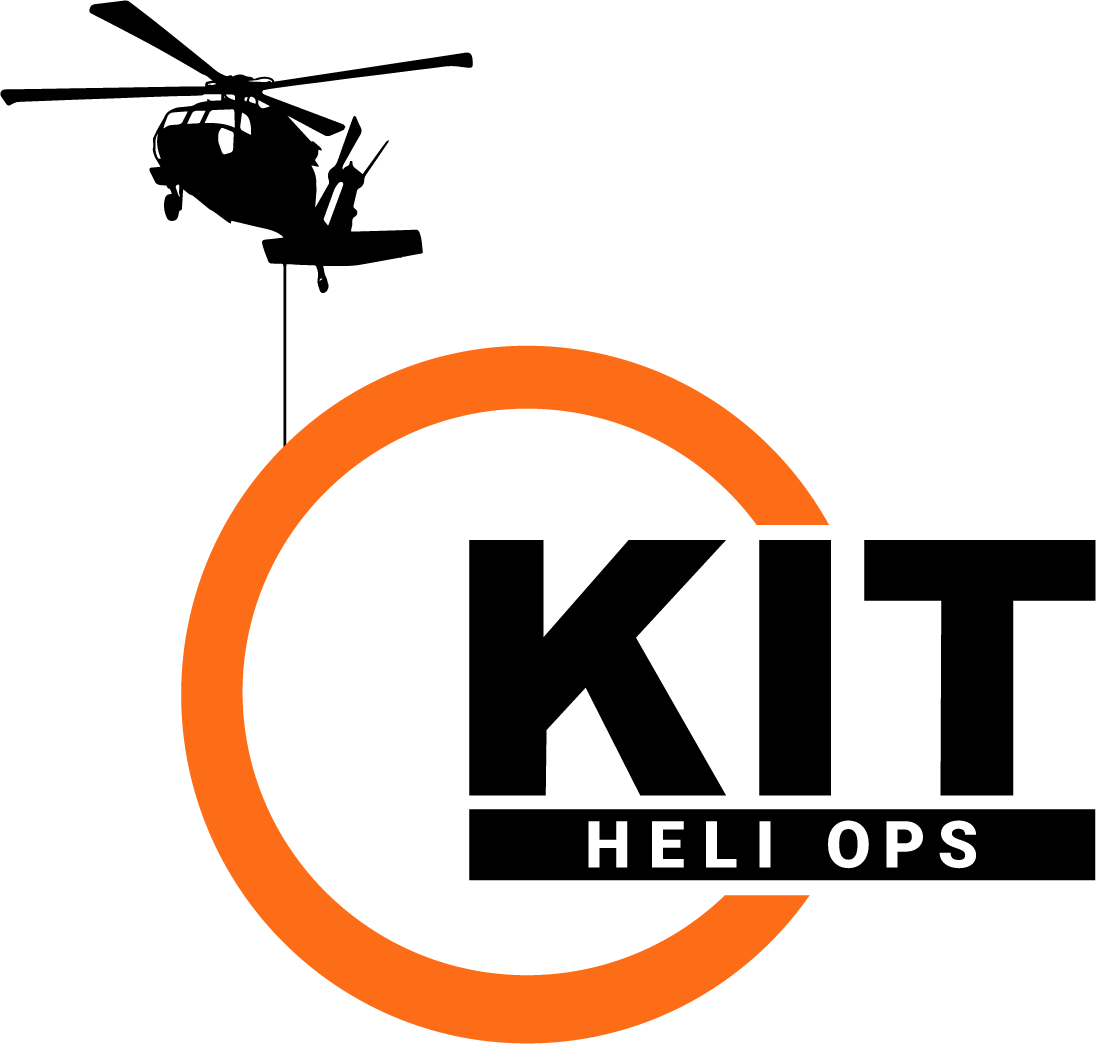Pilots, you’re paid to say No.
Pilots are paid to bring every flight to a safe conclusion—and sometimes that means not taking off.
I’ve been flying for 35 years, first in the US Army and then as a commercial pilot. In that time, various safety organizations, audits, and studies have come to two conclusions: nearly 80% of all aviation accidents are caused by human error and, most of the time, that error was the pilot’s.
Learning to Say No
I confess I’ve been guilty of making the kind of “pilot errors” that lead to accidents—I was just luckier. I’ve “scud run” down a beach at 100 ft. above ground level worrying about kite tails getting into my tail rotor. I’ve tried to calculate exactly how much time I had left while staring at a 20-minute fuel light, and I’ve gone inadvertent entry into instrument meteorological conditions (IIMC) with nothing more than a handheld GPS, a New York City sectional, and a very reluctant but fantastically effective copilot. Each time I was successful, and so bending the rules became the norm.
At that point in my pilot career, I was addicted to always trying to please, to make the flight, or to just keep my job. Then I met my greatest mentor: Capt. Raeford Frank Gibbs. The father of my best friend, Gibbs, who passed away several years ago, was a retired TWA captain who flew 727s, 737s, 747s, and even the Lockheed Constellation.
He gave me valuable advice on many things—from making good coffee and the proper attire for jump seating to how to deal with “air traffic coordinators.” He also told me in a very emphatic way, “You get paid to say no.” In Gibbs’s view, as pilots in command, we’re responsible for the people we fly, even if they don’t like the decisions we make. He pointed out that, given the choice between “flying and maybe, possibly getting to the destination alive” and taking a different mode of travel, the rational passenger will choose to take the train.
Saying No in the Real World
Gibbs told me to say no, and those words resonated with me. Because I’ve seen what can happen when a pilot doesn’t say no, just as you have. I knew one pilot who flew for a very demanding boss who fostered an unsafe culture in his operation. That pilot flew into a heliport and dropped off his boss but didn’t want to fly out because of poor visibility. Because the boss was worried about fees if the aircraft stayed at the heliport, the pilot departed, went IIMC, and then crashed, never to see his family again.
Here’s a story of what it can look like when a pilot, facing pressure to fly, makes the decision to say no: A good friend of mine sat at a heliport for 4 hours, waiting on a passenger as the weather deteriorated and providing frequent weather updates to that passenger’s office. When the passenger finally showed up, the weather at his destination had gone below minimums. When my buddy told the passenger that the flight would now be routed to the fourth alternate location, the passenger said, “Player, you don’t tell ME where I’m going. I tell YOU!” My buddy quietly walked back to the aircraft, unloaded all the luggage, and politely told the passenger that he wouldn’t be flying him.
It’s not easy to turn down a flight, but are you so afraid of having that conversation that you’d rather die instead?
One Person’s Accident Affects Us All
Still not convinced? Without mentioning the F-word (funeral), let’s look at some other ways our accident rate hurts the industry, your operation, and your livelihood. First, why have aviation insurance rates gone up so much? It’s because insurers are paying out millions of dollars on accidents every year.
Second, the noise activists have now started using our accident rates to champion their cause, claiming safety is at the root of their disdain for all of aviation. Lastly, many conversations about emerging technology use safety as a reason for championing autonomous operations, arguing that pilotless aircraft will be safer than piloted aircraft.
In each argument, our accident rate helps make the other side’s case. But who has the ability to affect that rate, to improve that statistic? We do, and we have to do better.
This isn’t about empowering pilots to decide if they want to fly; it’s about empowering them to live up to the legal responsibilities of being a pilot in command. Per 14 CFR 91.3, “The pilot in command of an aircraft is directly responsible for, and is the final authority as to, the operation of that aircraft.” That regulation doesn’t list any exceptions about not wanting to pay parking fees.
Once you have a safety culture that empowers pilots to turn down flights in unsafe conditions, the next step is for operators, managers, owners, and principals to grow a complete safety culture with an embedded safety management system. This is how we’ll lower the accident rate even more: by attacking the No. 1 culprit, poor aeronautical decision-making.
In the meantime, make sure your company culture DEMANDS that your pilots say no when it’s unsafe to fly. Because you’re not paid to fly; you’re paid to bring every flight to a safe conclusion—and sometimes that means not taking off.
By Jeff SmithJanuary 19, 2023
Author
Jeff Smith is the chief pilot for R.O.P. Aviation in Teterboro, New Jersey, and the 2022–23 chair of the HAI Board of Directors. A former US Army aviator, he is a dual-rated pilot with more than 11,500 flight hours. Jeff is an active industry volunteer and advocate who has worked on noise, safety, and airspace issues in the New York City area as a member of the Eastern Region Helicopter Council.

